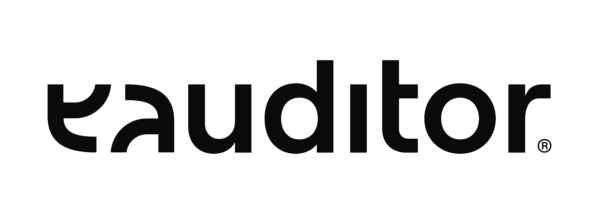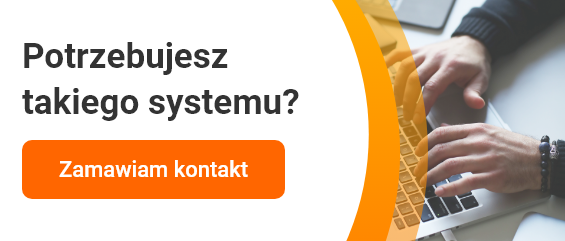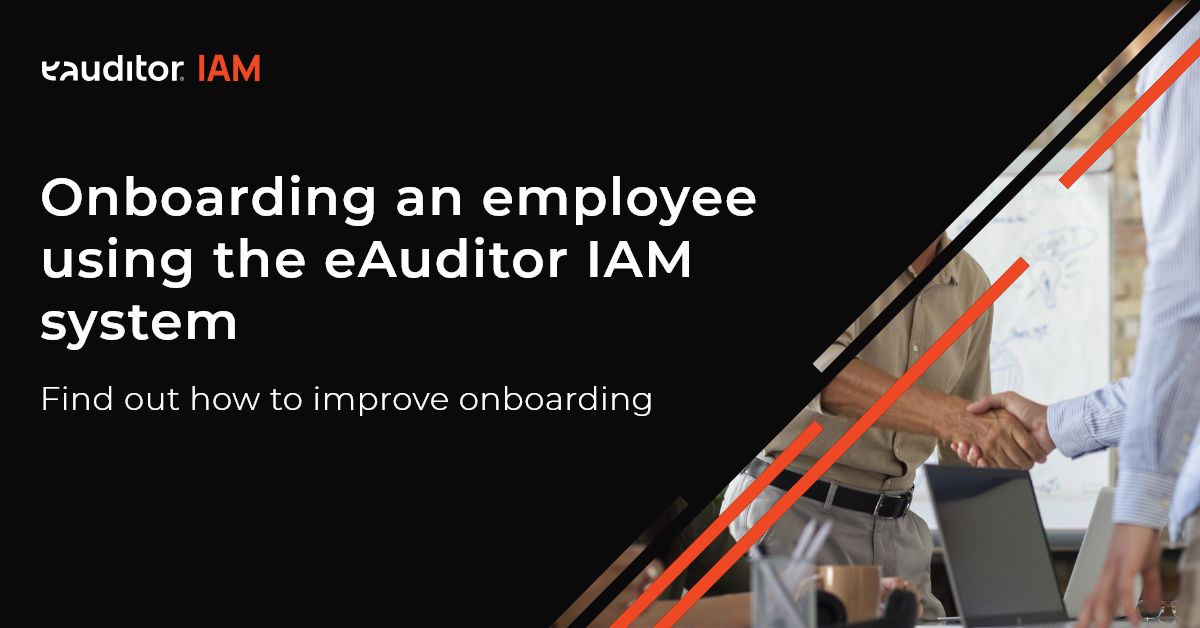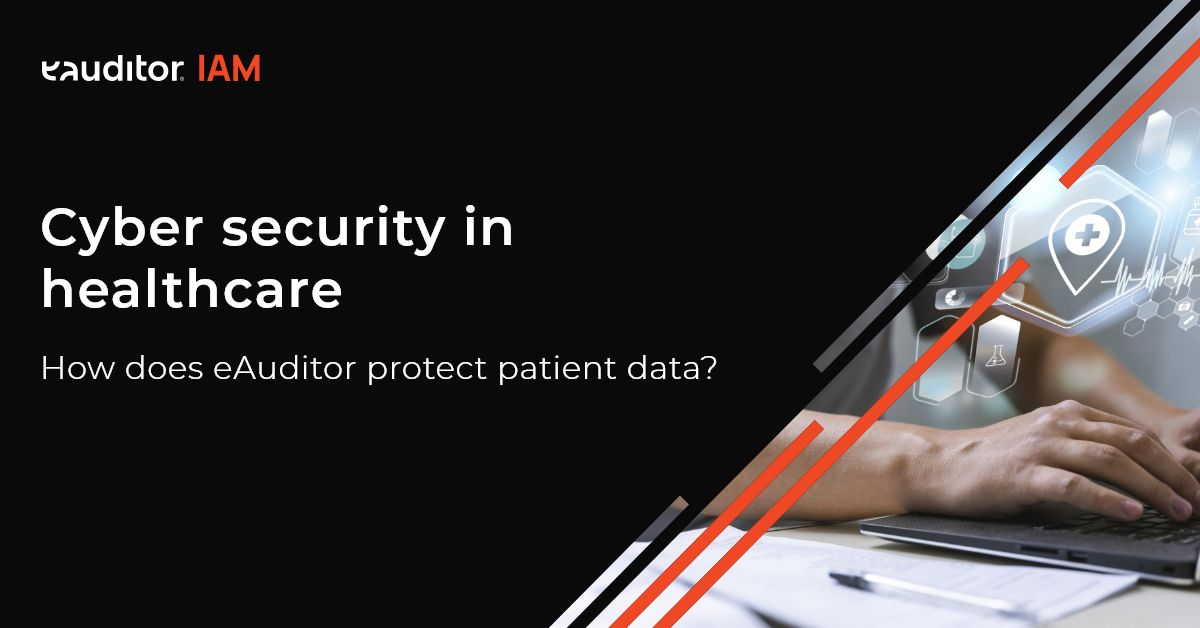eAuditor IAM: Modern identity management in the context of cyber security
Effective data protection and access control in an era of digital threats
eAuditor IAM
In the era of digitization, when organizations store huge amounts of data in IT environments, ensuring the security of information access has become a key element in protecting against cyber threats. Jednym z nowoczesnych rozwiązań wspierających zarządzanie tożsamością i dostępem (IAM – Identity and Access Management) w organizacjach jest system eAuditor IAM. Jego wszechstronność i funkcje pozwalają nie tylko na skuteczne zarządzanie tożsamościami użytkowników, ale również na zabezpieczenie dostępu do zasobów, co ma bezpośrednie przełożenie na ogólny poziom cyber security.
What is eAuditor IAM?
eAuditor IAM is a comprehensive solution supporting identity management and access control in an organization. The main goal of the system is to simplify the process of managing user accounts, resource access and permissions, while increasing the level of data protection. In practice, the system allows centralizing access management and automating many identity-related processes, such as creating, modifying and deactivating user accounts.
Key Features eAuditor IAM in the context of cyber security
1. centralization of identity management
With centralized identity management, an organization can monitor and control who has access to certain resources, greatly minimizing the risk of unauthorized access. The use of a unified identity management system provides greater transparency, which is key in identifying unauthorized login attempts and potential threats.
2. automation of IAM processes
eAuditor IAM automates many of the processes involved in identity management, such as assigning or revoking privileges. Automation reduces human error that can lead to undesirable situations, such as overly broad privileges for certain users. Automatically granting and revoking access, depending on the user’s role, significantly increases security and reduces the risk of breaches
3. strong authentication and multi-step verification (MFA)
System eAuditor IAM supports the use of strong authentication methods, including multi-factor authentication (MFA – Multi-FactorFactor Authentication). Umożliwia to zabezpieczenie zasobów organizacji poprzez dodanie kolejnych warstw ochrony, co sprawia, że nawet jeśli hasło użytkownika zostanie przejęte, nieautoryzowany dostęp będzie znacznie utrudniony.
4. role-based access control (RBAC)
One of the most important access control mechanisms in eAuditor IAM is the RBAC model (Role-Based Access Control). With it, permissions are assigned based on users’ job roles. As a result, each person in the organization has access only to those resources needed to perform their duties. This is an effective way to minimize the so-called “access control”. “excessive access” (excessive access), which can pose a risk to the organization.
5. recording and monitoring user activities
eAuditor IAM logs users’ activities, allowing accurate tracking and auditing of activity. This functionality allows you to identify suspicious activity, such as unusual logins or attempts to access unauthorized resources. This allows you to respond quickly to potential threats, reducing their impact.
The eAuditor IAM supports financial institutions in documenting compliance with the requirements of the DORA regulation by generating reports that show:
- Who had access to what resources during a given period.
- What changes in entitlements were being made.
- When and what audits were conducted on identity and access management.
Such reports can form the basis for regular compliance reviews and external audits.
Benefits of implementing eAuditor IAM for Cyber Security
The implementation of the eAuditor IAM system in an organization brings many benefits from the perspective of cyber security:
- Reducing the risk of breaches – Through precise privilege management and the use of MFA, the system reduces the risk of unauthorized access to sensitive data.
- Easier auditing and compliance – eAuditor IAM supports organizations in complying with regulatory requirements (e.g., RODO, HIPAA) by providing accurate records and logs of user activity.
- Faster response to incidents – User activity logging and alerts on suspicious activity enable quick response to potential threats.
- Reducing operational costs – Automating IAM processes reduces the burden on the IT department and reduces the costs associated with manual management of user accounts.
Challenges and the future of IAM systems
Identity and access management remains one of the most important elements of an organization’s cybersecurity strategy. However, as technology evolves, so do the challenges that IAM systems face. In terms of the future of systems such as eAuditor IAM, further work on integrating artificial intelligence and machine learning will be key. Through behavioral analysis and pattern recognition, IAM systems will be able to even better identify potential threats and adapt the level of protection to dynamically changing IT environments.
Summary
System eAuditor IAM provides a highly effective tool for organizations that want to protect their assets from today’s cyber threats. With advanced identity management, automation and support for multi-step authentication, eAuditor IAM is becoming a key component of security strategy. In the context of growing challenges cyber security Implementing such a solution is not only an investment in data protection, but also in the future of an organization that wants to meet the demands of digital transformation.




